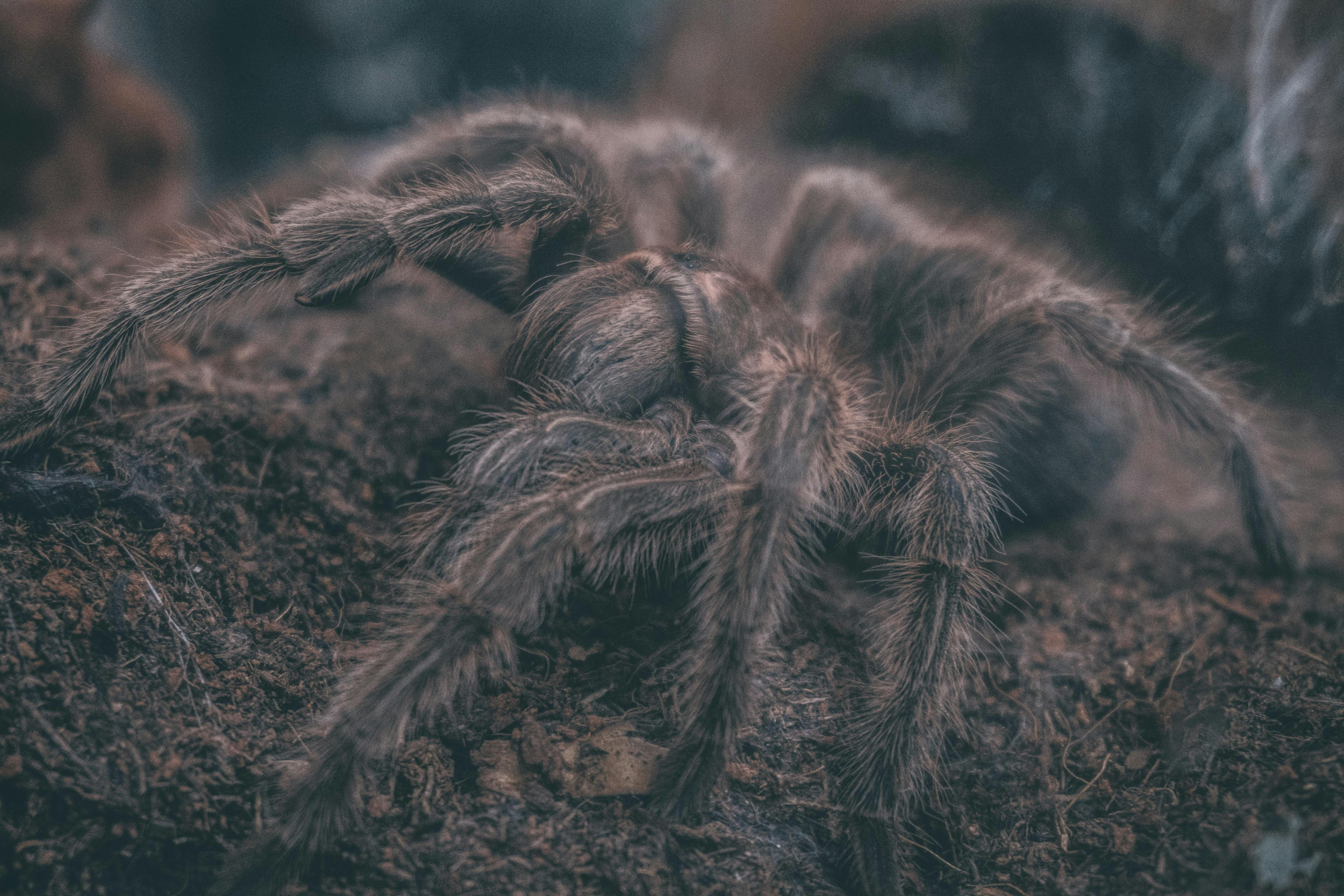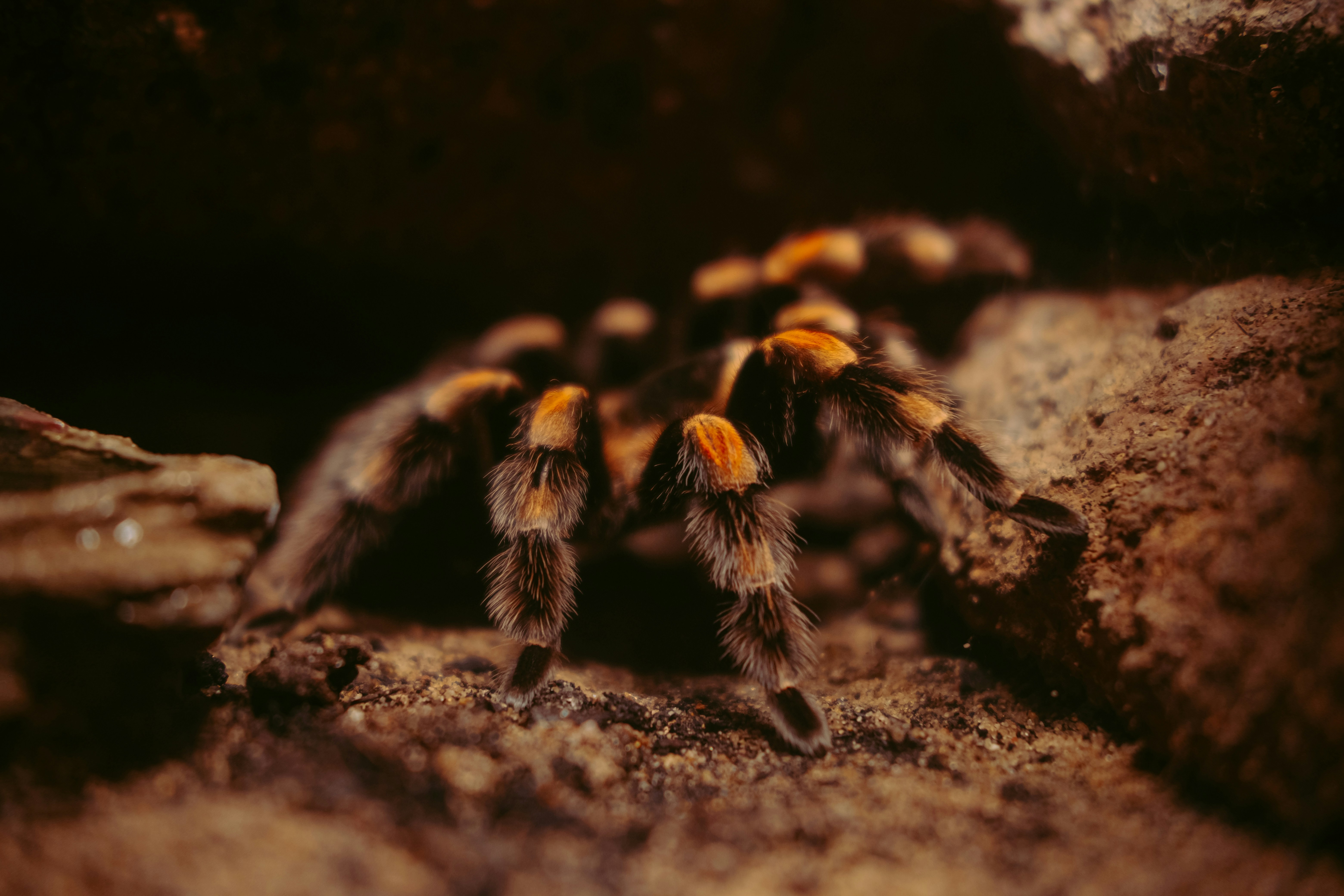In the wild, tarantulas face numerous challenges, one of the most daunting being the threat from predatory wasps. These wasps are known for their cunning techniques and relentless pursuit, often targeting tarantulas during their vulnerable moments of foraging. You’ll discover how these resilient arachnids deploy a variety of survival strategies, from rapidly retreating into their burrows to utilizing their keen senses to detect danger, ensuring they stay a step ahead of their determined predators. Learning about these intriguing behaviors will give you a newfound appreciation for the complex world of tarantulas and the remarkable ways they navigate their perilous environment. Have you ever wondered how tarantulas manage to fend off threats from predatory wasps while they’re out foraging? These fascinating creatures have devised several strategies to cope with such dangers. Let’s dive into the world of tarantulas and explore how they navigate these life-threatening encounters.
Introduction to Tarantulas and Their Predatory Wasps
Tarantulas are large, hairy spiders that belong to the Theraphosidae family. They’re known for their formidable size and strength, but even these impressive arachnids have their share of predators. Among the most dangerous are predatory wasps, specifically from the Pompilidae family, commonly known as tarantula hawks.
These wasps possess venomous stings and are incredibly efficient hunters, often targeting tarantulas. The tarantula hawk paralyzes its prey and lays its eggs on the immobilized spider, providing a living, albeit helpless, host for the developing larvae.
The Tarantula’s Foraging Behavior
Hunting Techniques
Tarantulas primarily hunt at night, employing a “sit-and-wait” strategy. They use their excellent sensory capabilities to detect prey. By employing specialized hairs on their legs that sense vibrations, tarantulas can identify potential food sources from considerable distances. Such nocturnal behavior allows them to avoid many diurnal predators, including wasps.
Choice of Habitat
Tarantulas typically inhabit burrows or other concealed areas. These serve as both homes and hunting grounds. The locations are carefully chosen to offer protection from predators and to provide easy access to potential prey. By remaining hidden in these dens during the day, tarantulas minimize the risk of encounters with predatory wasps.
Survival Strategies Against Wasps
Rapid Retreat
When faced with a threat, the most immediate response of a tarantula is to quickly retreat to its burrow. Their quick reflexes and ability to sense approaching predators through ground vibrations give them a head start.
Defensive Posture
If retreat is not an option, tarantulas adopt a defensive posture. They raise their front legs and expose their fangs, making themselves appear larger and more threatening. Although not always successful, this can sometimes deter a predatory wasp.
Urticating Hairs
Some tarantula species possess urticating hairs on their abdomen. When threatened, they can flick these barbed hairs at the predator. These hairs can cause irritation to the predator’s eyes and skin, discouraging the wasp from continuing its attack.
Utilizing Venom
While a tarantula’s venom is primarily used for subduing prey, it can also serve as a defense mechanism. In a last-ditch effort, a tarantula might bite a predatory wasp, though this is often a risky move given the wasp’s own potent sting.
Adaptations in Different Tarantula Species
Old World vs. New World Tarantulas
Old World tarantulas (from Africa, Asia, and Europe) lack urticating hairs but are generally more aggressive and rely more on speed and venom for defense. New World tarantulas (from the Americas), on the other hand, often use urticating hairs in addition to venom.
Comparison of Defense Mechanisms
| Attribute | Old World Tarantulas | New World Tarantulas |
|---|---|---|
| Urticating Hairs | Absent | Present |
| Aggressiveness | High | Moderate |
| Speed | Fast | Variable (species-dependent) |
| Primary Defense | Venom and Speed | Urticating Hairs, Venom, and Speed |
The Role of Evolution in Tarantula Defense
Natural Selection
Over millions of years, natural selection has fine-tuned the defensive strategies of tarantulas. Only those individuals that could successfully evade or defend against predators, like predatory wasps, survived to pass on their genes. This evolutionary pressure resulted in the wide array of defense mechanisms we observe today.
Behavioral Adaptations
Some tarantulas have developed unique behaviors to evade predation. For instance, certain species may adopt a more erratic pattern of movement when they sense danger, making it harder for a wasp to predict and capture them.
The Ecological Impact of Predatory Wasps
Control of Tarantula Populations
By preying on tarantulas, predatory wasps help to regulate their populations. This balance ensures that tarantulas do not become overly dominant in their ecosystem, which could potentially lead to a decline in prey species and other negative ecological consequences.
Role in Biodiversity
The interaction between tarantulas and predatory wasps is just one piece of the complex web of biodiversity. Such predator-prey dynamics drive evolutionary changes and contribute to the diverse range of life forms we see on Earth.
Human Interactions: Understanding and Respecting Nature
Conservation Efforts
Both tarantulas and their predatory wasps play significant roles in their respective ecosystems. Conservationists aim to protect these species to maintain ecological balance. Public education on the importance of these creatures, despite their fearsome reputations, is crucial for their preservation.
Responsible Pet Ownership
Tarantulas are popular pets, but potential owners must be aware of their needs and behaviors. Providing a habitat that mimics their natural environment is essential for their well-being.
Encountering Predatory Wasps
While it’s uncommon to encounter predatory wasps in everyday life, it’s essential to approach them with caution. Their stings can be incredibly painful, and they generally do not sting humans unless provoked.
Conclusion: A Dance of Survival
The world of tarantulas and predatory wasps is a fascinating example of the dance of survival that plays out in nature. Tarantulas have developed an impressive array of strategies to cope with the threats posed by predatory wasps, from rapid retreats to deploying urticating hairs.
As you continue to explore the wonders of nature, remember that each creature, no matter how small or seemingly frightening, has its own role to play in the intricate web of life. Understanding these interactions enriches our appreciation of the natural world and highlights the delicate balance that sustains biodiversity.
Whether you’re a passionate arachnid enthusiast or someone with a casual curiosity, learning about the resilience and adaptability of tarantulas in the face of predatory threats offers a glimpse into the marvels of evolution and survival. So next time you see a tarantula, you’ll know just a little more about the silent battles it wages every day — and the remarkable strategies it employs to stay alive.



